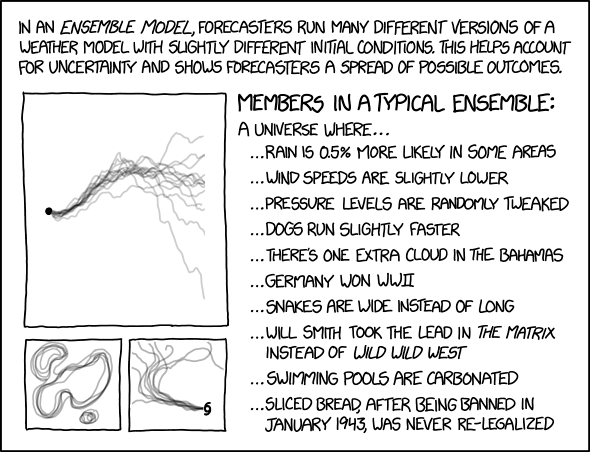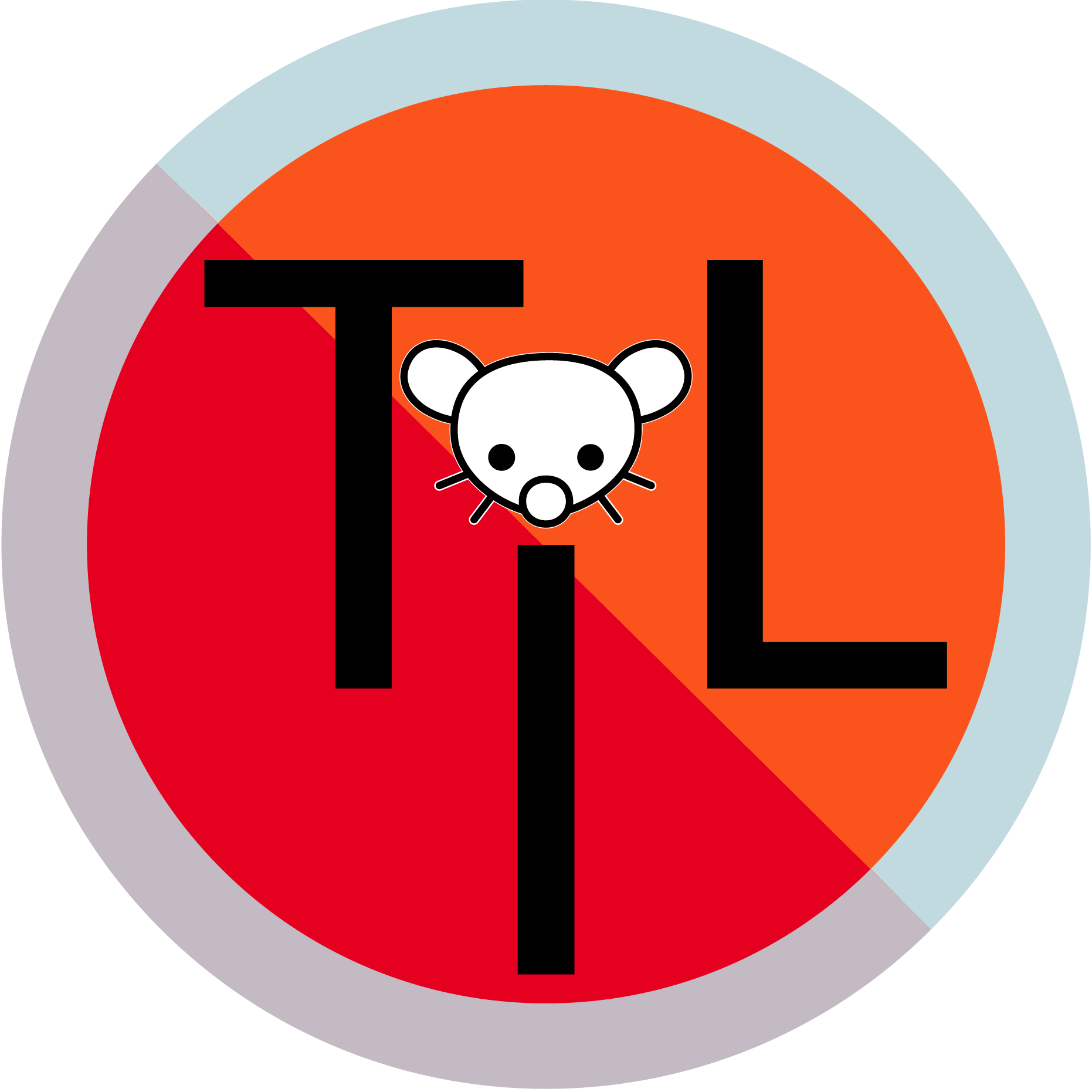Starting January 18, 1943—the midst of World War II—sliced bread was barred from American bakeries and homes. New baking regulations set by the Office of Price Administration had boosted flour prices, and the government wanted to prevent these costs from getting passed down to the consumer. By banning the use of expensive bread-slicing machines, the government was hoping bakeries could keep their prices low. Officials were also worried about the country’s supply of wax paper—and sliced bread required twice as much paraffin wrapping as an unsliced loaf. (It prevented the slices from drying prematurely.)
Did it work?
No. Homemakers objected, exceptions were passed, and then the ban was rescinded about a month later.
So if your bakery already had the bread slicing machine then you were still good? Except not being allowed to use wax paper of course.
By banning the use of expensive bread-slicing machines,
So they didn’t actually try banning sliced bread.

I learnt from xkcd :-)
Haha same. I didn’t believe it and found the article
In the UK, bakers were forbidden from selling bread on the day it was baked, in order to make it more stale and reduce demand.
“During WW1” is the context for this
And WWII.
And WWIII??
Is this a Douglas Adams bit?
Sadly, no:
Bakers, bakeries and bakers shops were required by law only to sell their ‘national loaves’ when they were a day old because stale bread did not cut to waste like fresh bread. Source
[If you can find it, the BBC Timeshift episode ‘Bread: A Loaf Affair’ mentions this along with a surprisingly interesting modern-ish history of bread in the UK. It’s narrated by Tom Baker.]
I see where he got his sense of humour at least. I’ll try to find that, thanks.
Thank you! Learned something.





